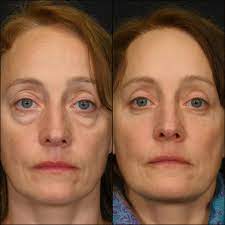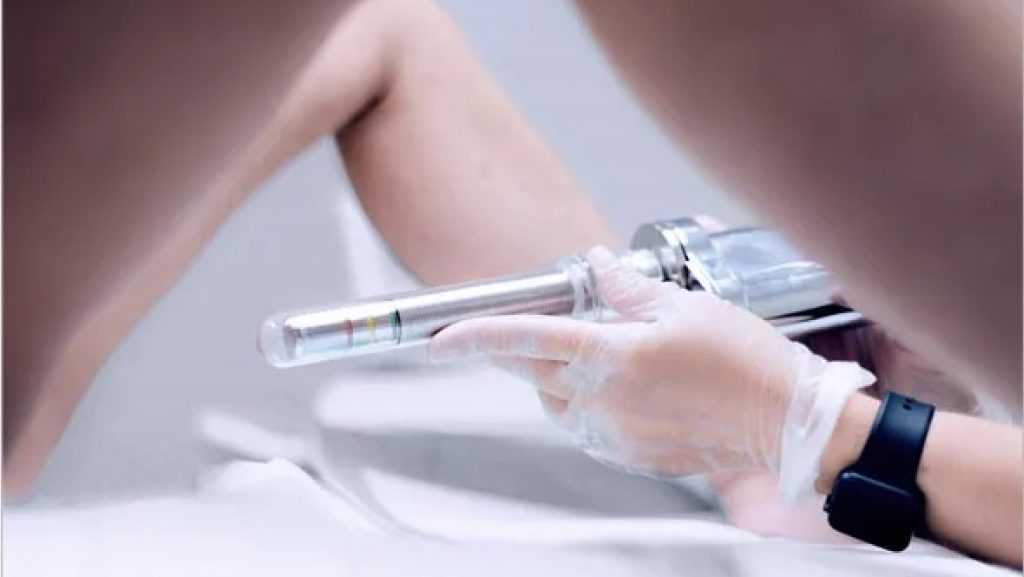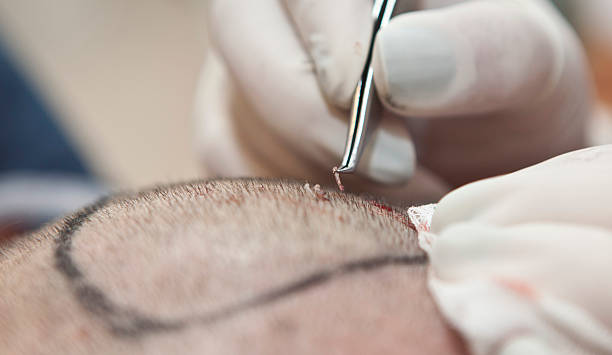Can I drive myself home after eyelid surgery? This is a common concern for anyone planning to undergo blepharoplasty or eyelid rejuvenation. The short and clear answer is no—you should not drive immediately after the procedure. Eyelid Surgery In Dubai(جراحة الجفن في دبي) is performed under local anesthesia with sedation or general anesthesia, which can affect coordination, vision, and reaction time. Even if you feel alert, your eyes may be swollen or watery, and your ability to focus on the road will be impaired. Understanding why driving is not safe post-surgery, how the procedure works, and what aftercare involves will help you plan your recovery and transportation needs in advance.
What is the treatment and how it works?
Eyelid surgery involves improving the appearance or function of the eyelids by removing excess skin, tightening muscles, and repositioning fat. The procedure can be performed on the upper eyelids, lower eyelids, or both. For upper eyelids, the focus is on correcting drooping skin that may obstruct vision. For lower eyelids, the goal is to reduce puffiness, smooth wrinkles, and restore a youthful contour.
The surgery is typically done with sedation or general anesthesia. Even when local anesthesia is used, sedatives can impair reflexes for several hours afterward. This is one of the main reasons why patients are advised not to drive themselves home. Additionally, mild discomfort, blurry vision from protective ointments, and temporary swelling make it unsafe to operate a vehicle immediately after the procedure.
Importance of treatment:
Many people choose blepharoplasty for cosmetic reasons, functional improvement, or both. This procedure can enhance the overall facial appearance by making the eyes look more open and refreshed while also addressing vision issues caused by sagging eyelids.
Reasons why eyelid surgery is important for certain individuals include:
-
Restoring clear peripheral vision by removing drooping skin
-
Reducing the appearance of fatigue or aging
-
Improving facial balance and harmony
-
Enhancing self-confidence in social and professional settings
-
Offering longer-lasting results compared to non-surgical alternatives
Because the eyes are one of the most prominent features of the face, improving their appearance and function can have a significant impact on how you look and feel.
Types of treatment:
Different types of eyelid surgery can affect how long recovery takes and how soon you can resume normal activities—driving included.
-
Upper blepharoplasty – Removes excess skin and fat from the upper eyelid to lift and open the eyes.
-
Lower blepharoplasty – Targets puffiness, sagging skin, and wrinkles under the eyes.
-
Transconjunctival blepharoplasty – A scarless technique for under-eye bags, ideal for younger patients with good skin elasticity.
-
Ptosis repair – Tightens the muscle that lifts the upper eyelid to correct drooping.
-
Combination eyelid surgery – Addresses both upper and lower eyelids for a more complete rejuvenation.
While the type of surgery determines the complexity and recovery time, all forms of eyelid surgery require you to arrange transportation on the day of the procedure.
Preparation and aftercare:
Preparation for eyelid surgery involves ensuring your health is optimal for the procedure and making arrangements for the immediate recovery period.
Preparation steps:
-
Share your full medical history and medication list with your surgeon
-
Stop taking blood-thinning medications or supplements before surgery if advised
-
Quit smoking to promote better healing
-
Arrange for a family member or friend to drive you home and assist you for the first 24 hours
Aftercare tips:
-
Keep your head elevated while sleeping to minimize swelling
-
Apply cold compresses to reduce bruising and discomfort
-
Use prescribed eye drops or ointments as directed
-
Avoid strenuous activities and bending forward for at least a week
-
Protect your eyes from sunlight with dark sunglasses when outdoors
Driving should only be resumed when your vision is completely clear, swelling is minimal, and you are no longer using medications that cause drowsiness—typically after several days to a week.
Ideal candidate:
The best candidates for blepharoplasty are those who:
-
Have sagging or puffy eyelids affecting appearance or vision
-
Are in good general health and have no uncontrolled medical conditions
-
Have realistic expectations about the procedure and recovery timeline
-
Understand the need for help with transportation immediately after surgery
-
Are willing to follow aftercare instructions to ensure optimal healing
Age is not a strict factor—both younger patients with genetic eyelid concerns and older patients with age-related changes can benefit from the procedure.
How to choose the right clinic?
Choosing the right place for eyelid surgery ensures safety, precision, and satisfying results. Factors to consider include:
-
The surgeon’s expertise and specialization in eyelid procedures
-
Before-and-after photos showing natural results
-
Clear explanation of surgical options and expected recovery
-
A comfortable and professional environment for treatment
-
Positive feedback and recommendations from past patients
A skilled professional will guide you not only through the surgery itself but also in planning your recovery, including transportation arrangements.
Risks:
While eyelid surgery is generally safe, there are potential risks that every patient should be aware of:
-
Swelling and bruising in the first few days
-
Temporary blurred or double vision
-
Dryness or excessive tearing
-
Infection or delayed wound healing
-
Visible scarring (usually minimal and hidden in natural creases)
-
Rare complications affecting eyelid position or movement
Following all preparation and aftercare guidelines can significantly reduce these risks.
Benefits:
The benefits of Eyelid Surgery(جراحة الجفن) go beyond aesthetic improvements:
-
A refreshed and youthful appearance
-
Better vision when sagging skin is removed
-
Increased self-confidence
-
Long-lasting results compared to non-surgical alternatives
-
Enhanced eye symmetry and facial balance
These advantages are why the procedure remains one of the most popular facial surgeries worldwide.
FAQs:
Can I drive myself home after eyelid surgery?
No. Sedation, anesthesia, and temporary vision changes make it unsafe to drive after the procedure. Arrange for a responsible adult to take you home.
When can I start driving again?
Most people can resume driving within a few days to a week, depending on recovery speed and clearance from the surgeon.
Will my vision be blurry after surgery?
Yes, temporarily. Ointments, swelling, and tearing can cause blurred vision for the first few days.
Can I take public transport home instead of having someone drive me?
No. It’s unsafe to travel alone after surgery because you may still be affected by anesthesia and may need immediate assistance.
What happens if I don’t have anyone to drive me home?
You should arrange professional medical transport or a trusted friend in advance. Driving yourself is not an option.
Conclusion:
If you’ve been wondering, can I drive myself home after eyelid surgery, the answer is absolutely no—at least not on the day of the procedure. The combination of sedation, potential blurry vision, and swelling makes it unsafe to operate a vehicle immediately afterward. Planning ahead by arranging transportation and assistance ensures a smoother and safer recovery. By understanding the procedure, preparing properly, and following aftercare instructions, you can focus on healing and enjoying the rejuvenated look and improved function that blepharoplasty offers.







0 Comments